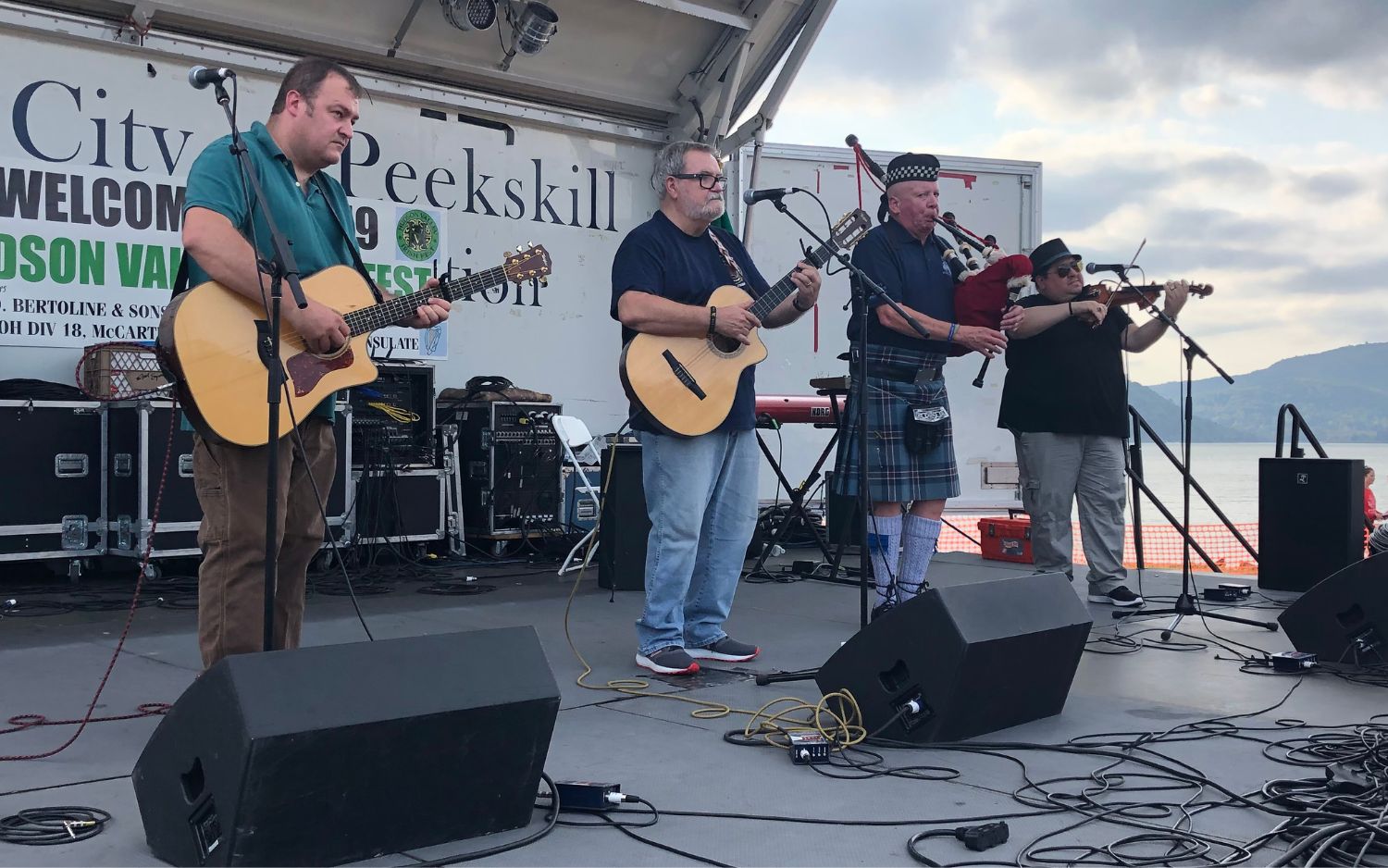Rosie Hackett was a trade unionist and a participant in the 1916 Easter Rising. Her name is one of the final 17 suggestions for the new bridge crossing the River Liffey at Marlborough Street in Dublin.
Hackett was born in Dublin in 1892 and joined the Irish Transport and General Workers Union (ITGWU) in its founding year in 1909. Hackett was working as a messenger at the Jacob’s Factory when the men went on strike in 1911. Many women went on strike to show their support for the men. At only 18 years old, Hackett organized more than 3,000 women in a successful labor protest that won women better working conditions and a wage increase. Two weeks later she co-founded the Irish Women Workers Union, which protested the rough conditions in which women were expected to work.
In 1913 trade unionist leader Jim Larkin called on ITGWU members to strike in response to William Martin Murphy’s demand that his employees foreswear ITGWU membership. Murphy locked out the workers and brought in strike breakers to work. Fighting between police and unemployed strikers was common. The Irish Citizen Army (ICA) was formed to help train workers to defend themselves and combat the demoralizing feeling of unemployment.
During the Dublin Lockout, Hackett lost her job at Jacob’s Factory. Roughly 20,000 workers went on strike for more than four months. After the Dublin Lockout she went on to train as a printer.
She joined the ICA and fought during the 1916 Easter Rising. She was part of the small group that printed the Proclamation and gave it, with the ink still wet to James Connolly. Hackett was part of the ICA forces that occupied the Royal College of Surgeons at Stephen’s Green under the command of Michael Mallin and Countess Markievicz. Following the Irish defeat, she was sent to Kilmainham Jail. The ICA was not revived after the Rising and the ITGWU focused its energies on increasing union membership, protecting members’ wages, and improving working conditions.
After her release from Kilmainham Jail, she reorganized the Irish Women Workers Union with Louie Bennett and Helen Chenevix. The IWWU worked for women’s right to apply to the same jobs as men and be accorded the same status. By 1918 the IWWU had 5,000 members. Hackett later worked in the Eden Quay Co-Operative for over 40 years.
In 1970 she received the gold medal for giving 60 years of her life to the Trade Union Movement. She passed away six years later at the age of 84.
There is currently a campaign on Facebook to name the new Liffey bridge after her.




Comments